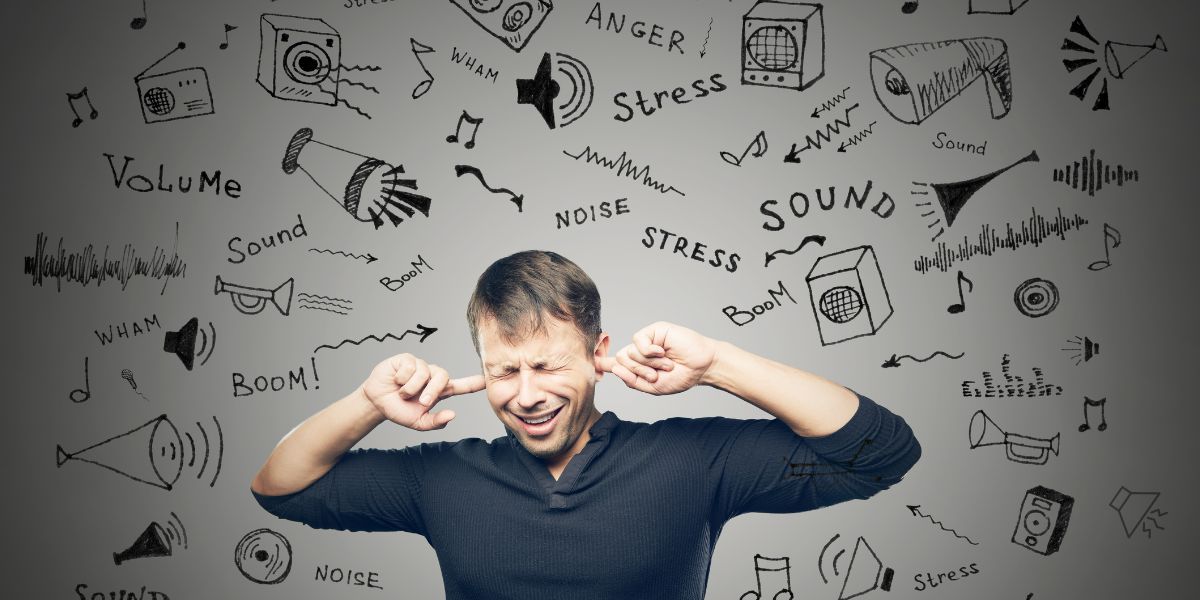In recent years, the field of education has undergone significant transformations to ensure that every student has access to a learning environment that caters to their unique needs. One such groundbreaking development has been the incorporation of sensory equipment in classrooms, revolutionising the way educators approach teaching and fostering a more inclusive and effective learning environment.
Understanding Sensory Processing:
Before delving into the advantages of sensory equipment, it’s crucial to understand the concept of sensory processing. Sensory processing refers to how the nervous system receives and interprets information from the surrounding environment through the senses. These senses include sight, sound, touch, taste, smell, and the vestibular and proprioceptive systems. Students with sensory processing challenges may struggle to regulate their responses to stimuli, potentially hindering their ability to focus, learn, and engage in the classroom setting.
Benefits of Sensory Equipment in the Classroom:
Promoting Focus and Attention:
Sensory equipment, such as fidget tools, weighted blankets, or sensory-friendly seating, can aid students in regulating their sensory experiences. This, in turn, helps improve focus and attention, allowing for a more conducive learning environment. For students with attention-related issues, these tools can provide a constructive outlet for excess energy, enabling them to concentrate better on academic tasks.
Creating a Calming Atmosphere:
Many students, especially those with sensory processing disorders, benefit from a calm and predictable environment. Sensory equipment like calming lights, soft textures, and noise-cancelling headphones can create a soothing atmosphere, reducing stress and anxiety levels among students. This, in turn, fosters a more positive and conducive space for learning.
Enhancing Motor Skills:
Sensory equipment can be instrumental in developing and refining motor skills, particularly for students with coordination challenges or motor deficits. Activities involving sensory input, such as fine motor tasks with textured materials, can contribute to improved hand-eye coordination and motor planning.
Encouraging Social Interaction:
Inclusive classrooms aim to provide an environment where all students feel welcome and engaged. Sensory equipment can serve as a bridge for social interaction, offering students shared activities that transcend individual differences. Collaborative use of sensory tools encourages teamwork and communication skills among students, fostering a sense of community within the classroom.
Supporting Diverse Learning Styles:
Every student learns differently, and sensory equipment provides educators with tools to accommodate diverse learning styles. Visual aids, hands-on manipulatives, and interactive materials cater to various preferences, ensuring that students can grasp concepts more effectively.
Conclusion:
The incorporation of sensory equipment in educational settings marks a significant step towards creating inclusive and effective learning environments. By acknowledging and addressing the diverse sensory needs of students, educators can better support their academic, social, and emotional development. As schools continue to embrace the importance of catering to individual differences, the use of sensory equipment stands out as a powerful tool in shaping a more inclusive and welcoming educational experience for all students.










